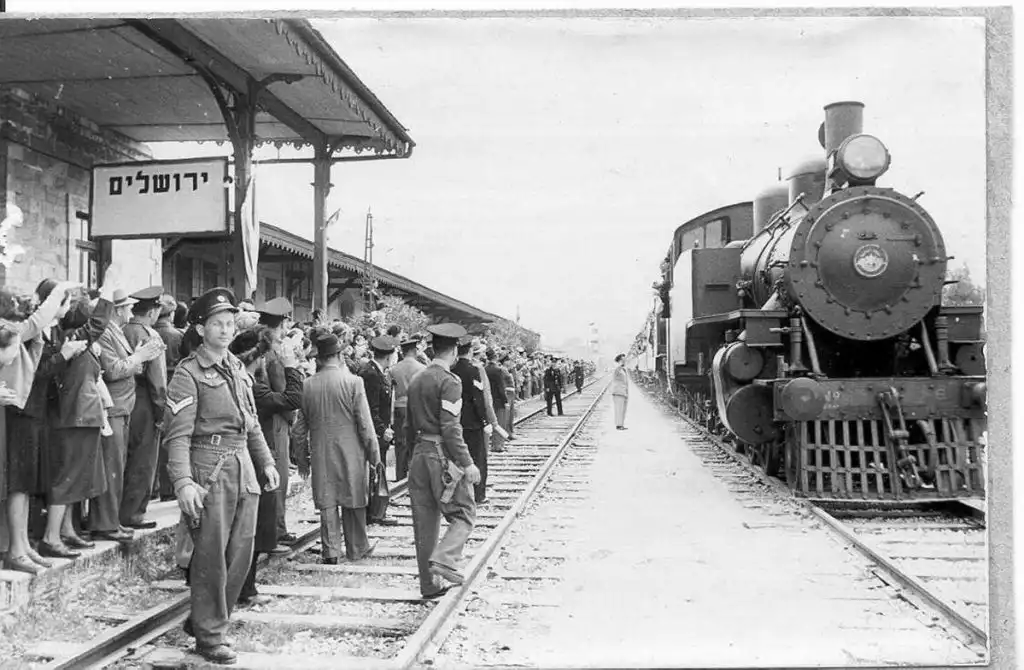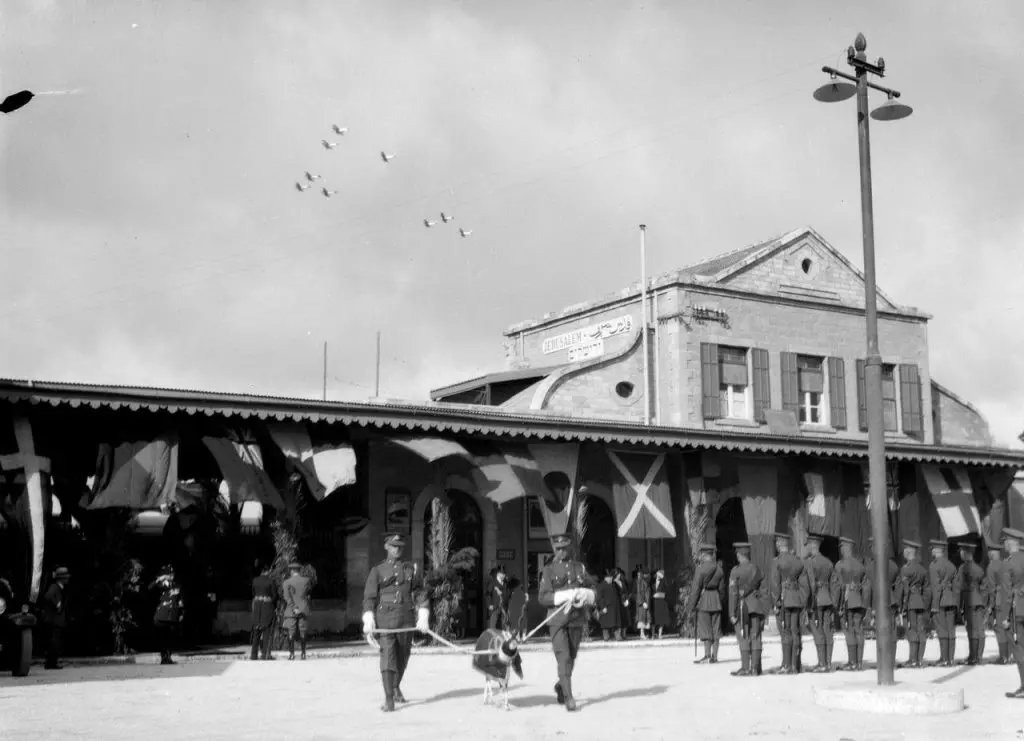Today, First Station – known in Hebrew as HaTachana HaRishona – was once a busy railway station filled with hustle and bustle. Today it’s a chic lively place filled with restaurants and shops.
The First Station hosts musical, literary, and artistic events open to the public.
In addition, there are stands with vendors that sell art and jewelry Sundays through Fridays. On Thursdays there is a farm also a farmers’ market full of local produce.
From the First Station you can follow the tracks which become a walking and bike path. The tracks are lined with art and the occasional open air library.
Like most places in Jerusalem, The First Station is perfect for people of all ages and is family friendly.
Old City Shuttle
The First Station also offers free shuttles to the Old City and is accessible for people with disabilities.
The “Free Old City” service allows you to park your car at a small daily rate and enjoy free round-trip transportation to the Old City. It runs every 20 minutes and even more frequently during the holidays.
Days and hours:
Sunday, Tuesday and Wednesday from 08:00 to 20:00
Monday and Thursday between 07:00 and 20:00
On Fridays and holiday eves, from 08:00 until an hour before Shabbat begins.
Self-Guided Tour
The original train station included a two-story building with two wings built in Jerusalem stone.
Jerusalem stone is a limestone used in all Jerusalem architecture.
The architecture was influenced by 19th century European and Templar designs. However, under British Mandate it was was expected and a Neoclassical design was added to it.
When you enter the First Station, note the historically informative signs on polls along the tracks. These include pictures and historical information.
History

The Train Station is one of the only public buildings built in Jerusalem during the Ottoman period. It opened in 1892, it was a train that ran beenween Jerusalem and Yafo (Jaffa).
Many pilgrims came through the port at Yafo to visit the Holy Land and it’s capital city. However, it took ten hours for someone to get from Yafo to Jerusalem, usually on camels and donkeys pulled into carts.
The idea of establishing a railway to Jerusalem found many supporters including philanthropist Moshe Montefiore. Montefiore appealed to the British and the Ottoman authorities, but the efforts finally failed, due to political and economic reasons.
In the end it was a banker and businessman Yosef Navon, who was born in and had deep ties to Jeruselm, found success.

By investing a lot of money and appealing to the Ottoman authorities, he was got permission to construction of the railway line. However, he failed to find more investors, he sold his rights to a French company.
The line was was built along the “donkeys’ trail,” an ancient route ascending to Jerusalem.
Construction was completed within two years and the total cost reached a huge sum of 14 million francs.
The first station was launched at an impressive ceremony. Among those attending the ceremony was Eliezer Ben-Yehuda, famed for reviving Hebrew language.
On September 26, 1892, the first train from Jaffa entered the Jerusalem station and travel time was shortened to three hours. Needless to say, the train to Jerusalem became quite popular.
Recent History
Over time, the number of passengers using the line decreased, especially after the opening of Highway 1. The last train service left the station, and on 15 August 1998 and the station was officially closed.
After its closure, the station sat abandoned and neglectcted. However, over time the area around the station was repurposed used for cultural events such as the Jerusalem Film Festival, Jerusalem Jazz Festival, and Israel Festival.
In 2005 the Beit Shemesh–Jerusalem section wasrenovated and reopened, but only reached the Malha neighborhood.
In May 2013, the station reopened as HaTakhana HaRishona, or in English, The First Station, and is now a culture and entertainment venue.
The tracks that lead from the Jerusalem Station to Malha still remain and have been converted into a walking and cycling path.
The tracks have become a favorite of locals and are lined with art. You can also find open air libraries in repurposed old bus stops along the way.